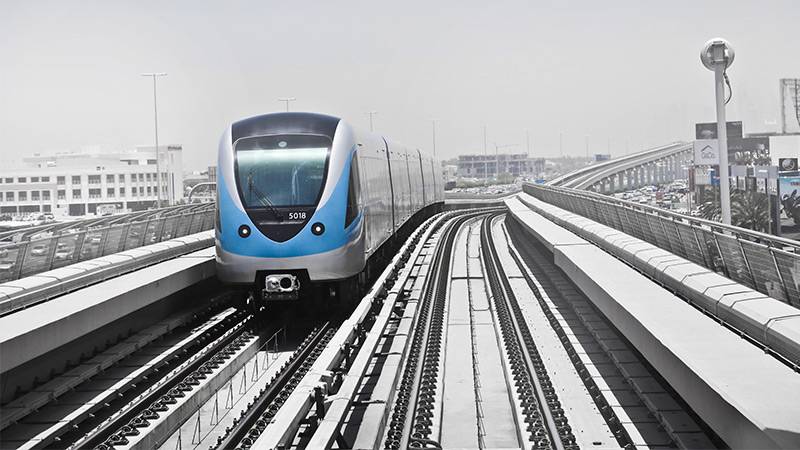As Europe embraces a railway renaissance, the continent is witnessing a significant expansion in its rail network, catering to a surge in demand for cross-border train travel. This growth is largely driven by environmental concerns and the competitive pricing of train tickets compared to flights, highlighting a shift in travel preferences towards more sustainable modes.
European cities like Paris, Venice, Barcelona, Amsterdam, and Brussels are at the forefront of this expansion, with governments and private investors responding to the strong demand for cross-border passenger rail traffic. However, patience is required as some new connections will take over a year to start, and there are temporary inconveniences, such as the six-month suspension of the Amsterdam-London service due to renovations at Amsterdam’s Central Station.
The Channel Tunnel, a crucial route under the English Channel, is witnessing growing interest from competitors to Eurostar, which has had a monopoly for nearly three decades. This competition is expected to enhance service offerings and keep fares competitive. For instance, a new operator, Evolyn, plans to commence cross-Channel services by 2025, while Richard Branson is rumored to be considering a rival operation. Heuro, a Dutch company, has also announced plans for a route between Amsterdam and London, aiming to start in 2028.
Rail travel within Europe is experiencing a surge, with a 50% increase in passenger transport between 2021 and 2022. This resurgence is attributed to the public’s growing concern about climate change and the affordability of train travel compared to air travel. For example, a round-trip train journey from Paris to Geneva can be significantly cheaper than a flight, including additional costs for luggage and airport transfers.
“The demand for sustainable railway travel is really booming,” Ms. Cazenave said, adding that by 2030, Eurostar aims to transport 30 million passengers every year across its network — which includes stops in the Netherlands, Belgium and Germany, as well as Britain and France.
However, the expansion is not without challenges. According to The New York Times, the biggest hurdle is the lack of adequate infrastructure, with train stations and line capacities being the primary bottlenecks. European governments are investing heavily in infrastructure, but these projects may take years to materialize fully.
Eurostar, the current main operator of the cross-Channel route, is also experiencing growth, aiming to transport 30 million passengers annually by 2030. This ambition reflects the increasing demand for sustainable railway travel across Europe.
New rail services are not limited to the major routes. Startups and national railways are also contributing to this expansion. European Sleeper and Midnight Trains are introducing overnight services connecting various European cities, while Leo Express plans to connect Central European cities like Prague, Krakow, and Bratislava. Germany and France are significantly investing in their rail networks, with Germany allocating 40 billion euros for rail revitalization and France restarting several overnight services to bolster its ecological transition.
These developments signify a robust and growing interest in rail travel across Europe, driven by environmental consciousness and the convenience of train travel. The expansion of the rail network and the emergence of new services are transforming the way Europeans travel, offering a more sustainable and interconnected future for cross-border transit.
More inspiring green news similar to this:


